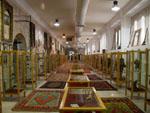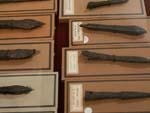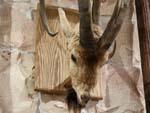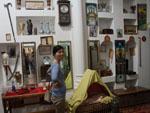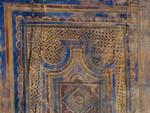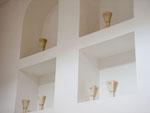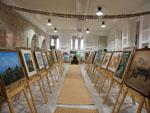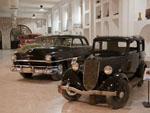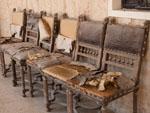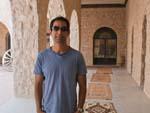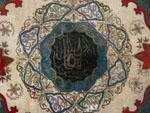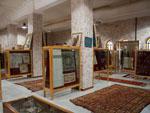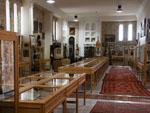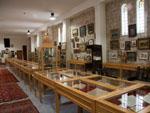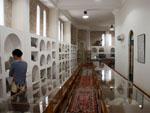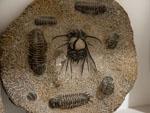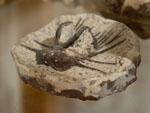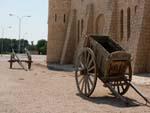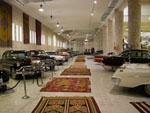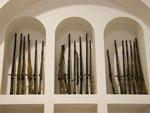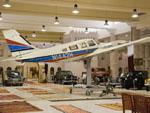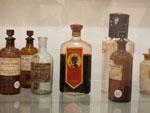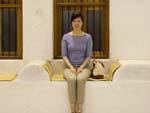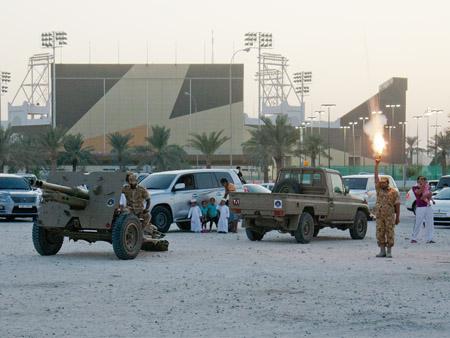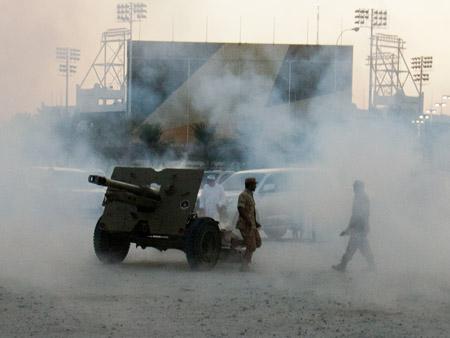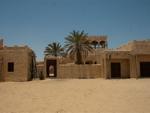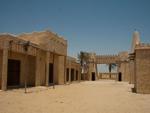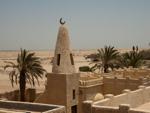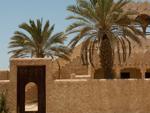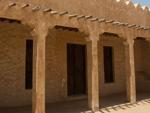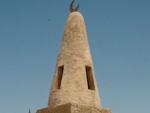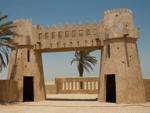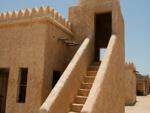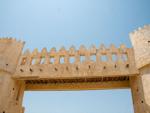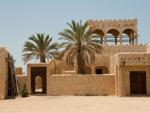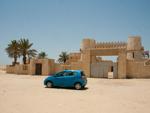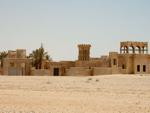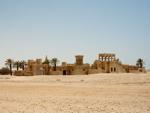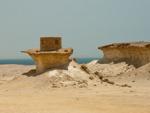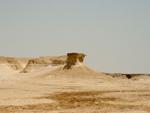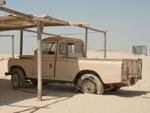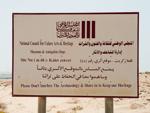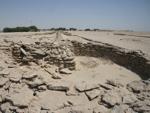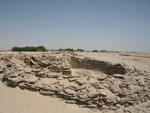A few weeks ago we decided to visit the private museum of Sheikh Faisal Bin Qassim Al Thani, I made the booking on Thursday and we were all set for a Saturday visit.
Driving up to the museum we were presented with a beautiful fort-style building with towers at each corner. On entrance we signed the guest book and proceeded to the main and largest hall, full or various weapon and armour artefacts. It was a very interesting collection of guns, knives, daggers and plate armour. From the first hall, you could see that Sheikh loved collecting things.
Making a left turn was an eclectic collection of Islamic and Qatari items sprawled on the walls and shelfs with minimal labels. Further on was the Sheikh’s collection of paintings, some of people and many abstract. The last section had a small collection of vintage cars.
On the other side of the museum building were a number of smaller rooms with artefacts belonging to a common theme, rooms included;
Fabrics and Jewellery
An interesting room, consisting of embroidered fabric with Islamic designs and traditional jewellery. What I thought interesting was the large collection of drawings of females, scattered around the room, some quite erotic.
Literature and Manuscripts
A room consisting of very old Arabic writings and books. There were some interesting old maps.
Fossils
One of my favourite rooms, here we found 400 million year old Trilobite fossils from Morocco, plus a large number other plant and animal fossils, including dinosaur bones.
Cars and Trucks
Leaving the main building we drove to a separate building which housed a huge amount of vintage cars and trucks, as well as a Piper PA-34 Seneca twin-engine plane. In some of the side rooms was a religion display, which had Islam, Christianity and even Judaism items in individual rooms. The last room had a collection of scientific equipment and bottles which I think was trying to portray Atheism.
Overall it was a fun visit.




































































































